Fatty Liver(NAFLD): A Silent Yet Deadly Disease
Non-Alcoholic Fatty Liver Disease (NAFLD) is a condition where unwanted extra fat buildup in the liver.
According to the US National Institute Of Health, this health condition affecting almost 25% of the global population. It is essential to understand the causes, symptoms, and holistic lifestyle approach to help manage the fatty liver disease.
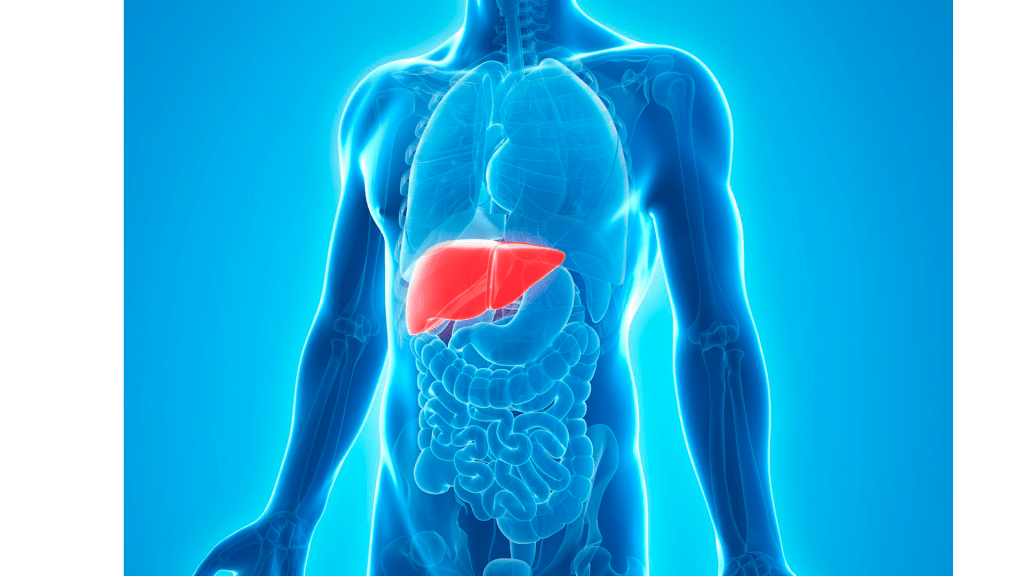
Liver Is a Master Multi-Tasker Organ Of the Human Body.
What Is Fatty Liver
- The liver considered as a fatty liver when 5-7% fat get deposited inside the liver cells.
- Fatty liver is a rising disease, and if left untreated, it leads to an alarming situation.
- This built up fat can cause liver inflammation and lead to some serious complication life cirrhosis, liver cancer and liver failure.
- With a sedentary lifestyle, Fatty liver is a rising disease, and if left untreated, it leads to an alarming situation.
- NAFLD is associated with various other lifestyle diseases like Diabetes, SIBO, Leaky GUT, Insulin Resistance, and Obesity
Why Liver Is Important
- The Liver is the second largest organ and a master multi-tasker of the human body as liver carried out more than 500 functions on a day to day basis.
- The main function of the liver is to process the nutrients from the ingested food and carrying away the harmful substances from the human body.
Types Of Fatty Liver Disease
There are two main types of Fatty Liver Disease.
- Alcoholic Fatty Liver (AFLD)
- Non-Alcoholic Fatty Liver Disease (NAFLD)
Alcoholic Fatty Liver (AFLD)
As the name suggests, when a fatty liver develops because of excessive alcohol consumption, known as Alcoholic Fatty Liver Disease (AFLD)
Non Alcoholic Fatty Liver Disease (NAFLD)
When fatty liver develops without alcohol consumption, this condition is known as non-alcoholic fatty liver disease.
Stages Of Fatty Liver
Fatty liver, if left untreated, can cause complications. Long-term fatty liver may lead to cirrhosis and can involve liver cancer also. There are four stages of liver damage.
- Steatosis (simple fatty liver)
- Fibrosis Liver
- Liver Cirrhosis
- Liver Cancer
Symptoms Of Fatty Liver
- There are no specific symptoms of fatty liver that is to say a silent disease. As a result It often goes unnoticed as the symptoms are widespread, for example nausea, fatigue, weakness, and tiredness.
- Symptoms may become more visible, advanced and severe for instance loss of appetite, yellowish skin, easy bruising etc. When liver damage leads to cirrhosis. That is long term damage to the liver.
What Are The Causes Of Fatty Liver?
It is not clear yet what is the exact cause of fatty liver disease. Fatty liver, considered a lifestyle disease, is linked to the following causes-
- SIBO
- Leaky GUT
- Chronic inflammation which blocks liver filtration channels
- Disrupted sleep, especially between 2-4 am
- Nutrient malabsorption
- Insulin resistance
- De novo lipogenesis (Conversion of sugars/carbohydrates to triglycerides)
- Heavy metal toxicity
- Excessive medication (NSAIDs, DMARDs)
What Are The Risk Factor Involved In
Many diseases and conditions can raise the risk of NAFLD.
- Metabolic Syndrome
- Polycystic Ovary Syndrome
- Type-2 Diabetes
- Hypothyroidism
- High Cholesterol
- Hypopituitarism
- Sleep Apnea
- High Cholesterol and Triglyceride Level
Lab Tests And Interpretations
Reference ranges for LFTs tend to vary depending on the laboratory. Further, normal reference ranges vary between males and females and may be higher for those with higher body mass index. The AST (SGOT) and ALT (SGPT) shall be in lower lab range.
- Alanine transaminase (ALT) : 0 to 45 IU/L
- Aspartate transaminase (AST) : 0 to 35 IU/L
- Alkaline phosphatase (ALP): 30 to 120 IU/L
- Gamma-glutamyl transferase GGT) : 0 to 30 IU/L
- Bilirubin: 2 to 17 micromoles/L
- Prothrombin time (PT) : 10.9 to 12.5 seconds
- Albumin: 40 to 60 g/L
An Integrative Approach to Manage Fatty Liver: Lifestyle Modification
- Holistic nutrition and lifestyle modifications are the most effective approach to managing fatty liver disease.
- Detox is the best natural cleansing process that help liver to function better.
- Little change in Diet, Exercise and Supplement support good a healthy liver.
Here are some tips that help:
Eat Detoxifyling super Food and Herbs That Help To Repair The Liver
- Foods That Help In Liver Cleansing-
- Apple, Avacado, Beet Root, Carrot.
- Food from cruciferous family- Broccoli, Cauliflower, Brussels Sprouts.
- Plenty of fiber rich plants with varieties to improve GUT Health.
- Green leafy vegetables like collards, cabbage and watercress.
- Sulphur rich veggies like onion and garlic helps in detoxification.
- Herbal Tea like dandelion root tea, milk thistle tea, clove tea and green tea.
- Hydration.
- Organic whole foods.
- High quality protein (amino acids) which helps phase-2 detoxification.
- Avoid excessive alcohol, caffeine.
- Decrease refined carbohydrates avoid processed sugar.
2. Herbs That Help In Liver Cleansing
- Turmeric, ginger
- Cilantro
- Chlorophyll rich foods such as spirulina and chlorella
- Dandelion root
- Artichoke Leaf
- Milk Thistle
- Parsley, mint, leeks
3. Improve Glutathione Production
Glutathione is a master antioxidant that protects our liver from damage and helps to eliminate toxins from the liver cells. Therefore We can increase the production of glutathione by making some simple modifications to our diet and lifestyle.
- Eating vitamin C and E rich foods like, almonds, sunflower seeds, peppers, oranges, avocado, grapefruit etc.
- Sulfur rich food promotes the glutathione production.
- High selenium food like Brazil nuts, beef and liver stimulates the production of glutathione.
- Meditation and light yoga also helps.
4. Supplements That Support Liver Health
The correct Supplements can repair the damaged liver, but it is strictly advisable that consult a trained and experienced nutritionist for proper dosage recommendations.
- Milk Thistle– stimulates the liver cell restoration, support phase-2 detox, and enhance the activity of glutathione.
- N-Acetyl Cysteine– helps in glutathione production.
- Di-indole methane (DIM) is a vegetable extract from cruciferous family and is beneficial in phase-1 detoxification.
- Sulforaphane glucosinolate (SGS) is also a cruciferous vegetable extract and use in phase-2 detoxification.
- Probiotics containing A. muciniphila and multi-strain (>12 strains) and at least 50 billions CFU’s.
- Vitamin E to reduce oxidation.
- Blackcurrant seed oil helps with phase-2 detoxification
5. Boost Your Metabolism Through Physical Activity
- Routine daily physical activities enhance detoxification through the skin.
- Sweating is the best way to eliminate large toxic molecules and heavy metals from the body.
- Gentle physical activity like 30 minutes walk help to sweat.
- Light weight exercises improve metabolism.
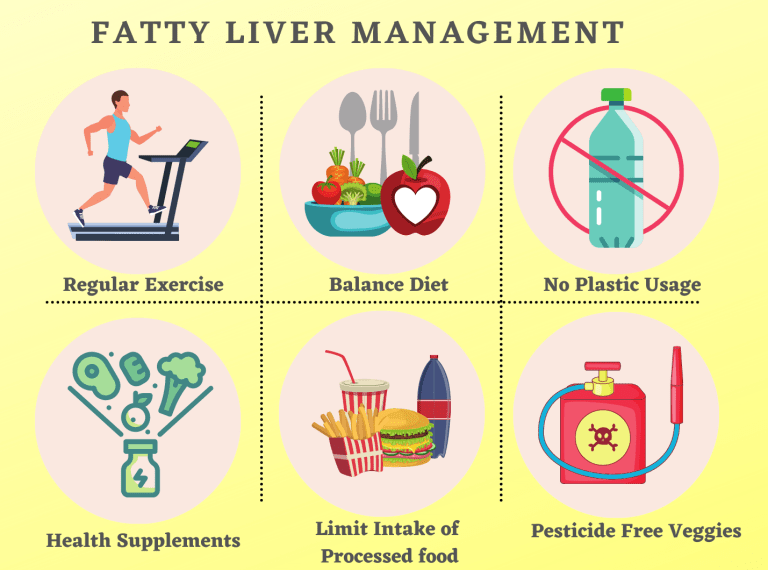
Managing Fatty Liver Through Lifestyle Modifications and Nutrition
6. Eliminate Processed and Toxic Food From Your Diet
- For the healthy liver it is crucial to get rid of processed food as these foods are rich in starch and gluten, that increase blood sugar and triglyceride, and cause fatty liver condition.
- Choose organic farm veggies and fruits, grass fed animals for a toxin free food.
- Consume pesticide and herbicide free vegetables and fruits.
7. Get rid of Environmental Toxins
Environmental toxins such as plastic softeners and BPA are very harmful to liver health because these substances increase the estrogen level artificially. We can reduce the toxin exposure by some simple practices-
- Avoid plastic packaging, BPA coated plastic bottles etc.
- Try not to use plastic as much as possible.
- Use only natural makeup and personal care products.
- Consider using herbal or natural products for cleaning.
8. Powerup Estrogen Detoxification
- Adding Omega-3 rich food such as Chia seeds and walnuts to encourage estrogen detoxification.
- Consuming high magnesium food like Beans, wheat and oat bran, whole grain etc that helps to eliminate estrogen after being metabolized.
- Get more muscle mass through strength training that help to reduce body fat and support estrogen detoxification.
9. Intermittent Fasting
- Intermittent Fasting can be a powerful strategy to detox the body naturally.
- It is basically a time restricted fasting and feeding patterns, that helps internal body cleansing and supports to reversing lifestyle disease like diabetes and fatty liver.
- It is advisable to consult with the nutritionist before start any diet to make sure what is a good fit for you.
10. Addressing SIBO (Small Intestine Bacterial Overgrowth)
- SIBO is a condition where bacteria grow abnormally in the small intestine and this metabolic endotoxemia, causes inflammation in the liver. This Inflammation affects the Liver and lead to fatty liver.
- Fiber rich and low sugar diet helps to reduce inflammation.
- Include Oatmeal, olives, peanuts, rice, quinoa and pumpkin in your diet.
11. Liver Detoxification
The liver is a key point of detoxification. It has its own circulation system, the portal system, separate from other body circulations.
All of the toxic substances we eat and drink – and many things we inhale and absorb through the skin pass through the liver for filtering and removal.
Phase 1: The liver transforms toxins into chemicals that the liver can destroy later. For example, Transforms fat-soluble toxins into water-soluble.
Phase 2: The liver transforms chemicals again into harmless water-soluble forms.
It adds part of an amino acid (from protein) to the molecule so enzymes can break it down. Requires amino acids: Taurine, cysteine, glycine, choline, and inositol.
Conclusion
To sum up, the liver is a crucial organ as it supports eliminating toxins from our body. Making small changes can play a huge difference in a healthy liver. Maintaining a holistic lifestyle with a nutritional diet and physical activity will naturally repair the liver cells and help in optimizing liver function. A healthy liver is a key organ for the body’s strong metabolism. Fatty liver can be managed through a balanced diet and regular exercise under the proper guidance of an experienced nutritionist.

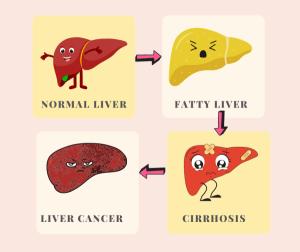

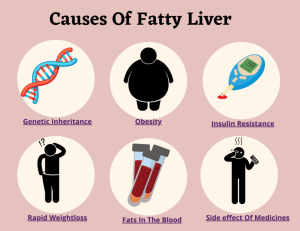

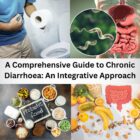

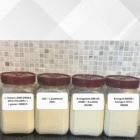
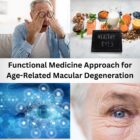



Inflammation: Friend or Enemy? - Wellness By Rosh
30-Aug-21[…] can cause many health conditions like fatty liver disease (NAFLD), insulin resistance, type-2 diabetes, cancer, and heart disease, […]
Omega-3 facts and health benefits - Wellness By Rosh | Integrative Wellness
3-Jan-22[…] It may reduce fat from the liver (fatty liver) […]
Glutathione The Master Antioxidant With Enormous Benefits - Wellness By Rosh | Integrative Wellness
2-May-22[…] Non-alcoholic fatty liver disease, and alcohol consumption like conditions damage the liver cells. studies show that glutathione may […]
Anti-Inflammatory Diet For Disease Prevention - Wellness By Rosh | Integrative Wellness
9-Jun-22[…] Nonalcoholic Fatty Liver Disease […]